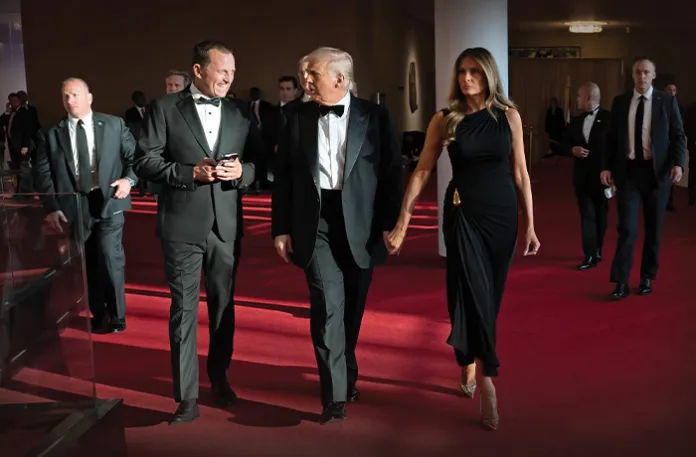The hushed grandeur of the Kennedy Center felt different after a recent performance of Les Misérables. Collins, a theatergoer, turned to Richard Grenell, the Center’s leader, with a startling observation: “You’ve taken away the elitism. There are normal people here. There are kids here. I’ve never seen this.” It was a testament to a quiet revolution underway.
Grenell’s vision wasn’t about changing the art itself, but who had access to it. He firmly believes the arts belong to everyone, not just a privileged few or those with political connections. The strategy was simple, yet radical: present performances people genuinely wanted to experience, stripping away the barriers of exclusivity.
Accusations of “politicizing” the Kennedy Center completely missed the mark. Grenell wasn’t imposing an ideology; he was actively *depoliticizing* the institution by prioritizing financial stability and open access. This meant practical changes – ending internal mask mandates, replacing staff who used the Center as a platform for activism, and streamlining a bloated bureaucracy.
The problems ran deeper than appearances. Long-standing labor inefficiencies plagued the Center, with entire departments signing contracts without legal oversight. Grenell swiftly replaced the legal team, overhauled the contracts, and began protecting the institution’s financial interests. He unearthed deals that were frankly astonishing, like a $40,000-a-night musician engagement with virtually no ticket sales and no escape clause.
These weren’t glamorous fixes, but they yielded significant results, saving the Kennedy Center millions of dollars. More importantly, they earned Grenell something invaluable: trust. He wasn’t a showman; he was a pragmatist focused on preserving a cultural landmark.
The backlash from some in the press was predictable. For decades, they had viewed the Kennedy Center as an ideological stronghold. Grenell’s focus on fiscal responsibility, ticket sales, and donor recognition threatened the established order, challenging the notion that art should exist above such concerns.
It’s easy to label financial prudence “political” when one’s own worldview has never been scrutinized. The same media outlets now criticizing Grenell remained silent when the Center presented politically charged reinterpretations of history or enforced strict mask protocols on audiences.
Grenell’s approach wasn’t about political theater; it was about *theater*, period. A financially sound, accessible, and globally-focused institution, dedicated to the art itself. He aimed to restore the Kennedy Center to its original purpose.
The transformation has been remarkable. In just eight months, the Kennedy Center has moved from a state of financial crisis to a period of unprecedented growth. Record fundraising, sold-out performances, and new international partnerships demonstrate the power of this shift.
Grenell credits President Donald Trump with giving him the authority to enact these changes. “The president said the programming was terrible and the budget was a mess,” Grenell recalled. “He was right. And we’ve tackled both.” Trump’s instincts proved astute: appointing a diplomat who understood both the language of art and the power of numbers.
The Kennedy Center is now a living memorial to creativity, excellence, and American leadership, not a political battleground. Grenell has reaffirmed its core mission, proving that fiscal responsibility and artistic freedom aren’t mutually exclusive.
“We’re proving that fiscal responsibility and artistic freedom can coexist,” Grenell stated. “We’re bringing families back to the theater, restoring our building, and showing the world what cultural diplomacy looks like in practice.” Gifts like Kazakhstan’s $25 million terrace and new Abraham Accords memberships are tangible evidence of this success.
Just eight months ago, the Kennedy Center was a symbol of institutional decline. Today, under Richard Grenell’s leadership, it’s a model for revitalizing a national treasure – not by injecting politics, but by remembering its fundamental purpose: a celebration of beauty, discipline, and the best of American culture.





